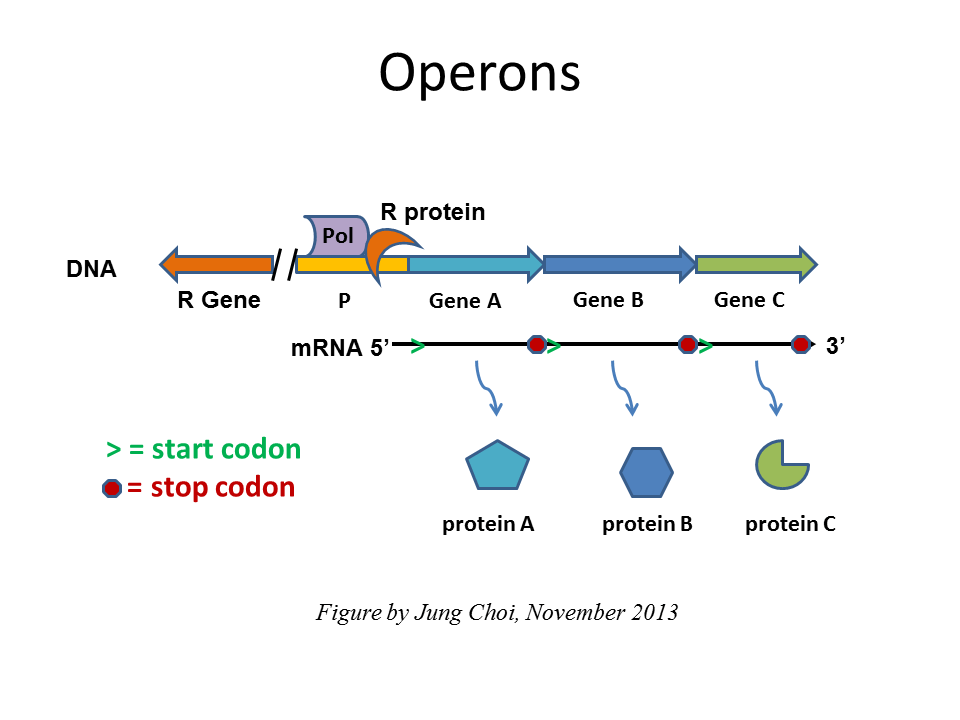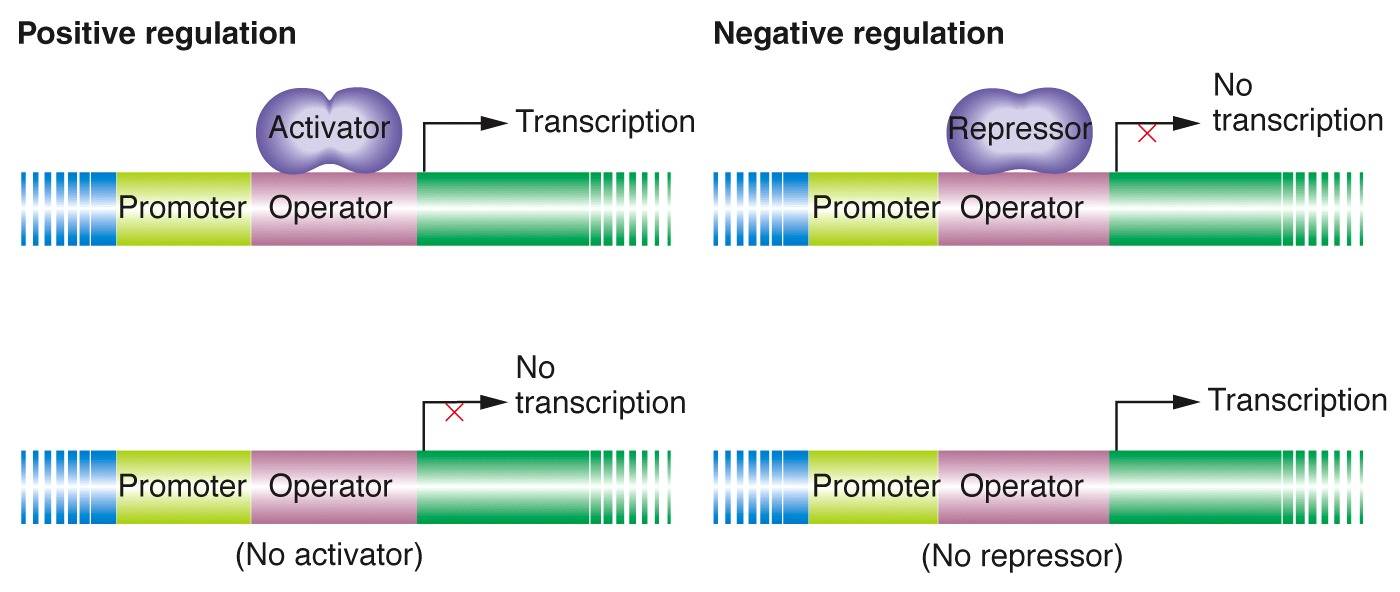The binding of a specific protein repressor inhibits transcription from occurring. DNA bound activators can regulate transcription by helping with ignition.
Proteins Function And Structure
The probable sites at.

Protein example of regulatory. Rb p53 and p21 act primarily at the G 1 checkpoint. This groove as we. Repressor protein is a protein that suppresses the transcription of a gene.
A neurotransmitter in humans and other animals which is an ester of acetic acid and choline. Protein activity and function are commonly regulated by phosphorylation on serine threonine or tyrosine residues which functions either by inducing conformational changes that regulate the catalytic activity or by recruiting other proteins that bind and recognize phosphomotifs. Many gene regulatory proteins for example bind both to DNA and to another protein to carry out their function.
Moreover repressor protein is a type of regulatory protein that involves in negative regulation of genes. Non-genetic classes of regulatory proteins include those target effector proteins that are involved in special cellular functions such as signaling as receptor proteins and pumps adhesionchemotaxis cellular transport. To do this they sometimes tether RNA polymerase to the promoter.
This protein is a regulatory protein required for normal expression of all essential genes of phage P2. Described as a hub. In addition to cytoplasmic tyrosine kinases several cell surface receptors possess a tyrosine.
A Hormone regulatory protein. An example of negative control of gene expression by regulatory proteins is Group of answer choices a regulatory protein binds t o DNA which blocks transcription a regulatory protein binds to a repressor which inactivates the repressor certain genes are continuously being expressed an inducer is removed which initiates the expression of a particular protein. The near-base resolution provided by ChIP-exo allowed the precise genomic organization of chromatin regulatory proteins to be identified which is not observable with lower.
Up-regulation occurs for example when a cell is deficient in some kind of receptor. In each case the main cause of the unchecked progress through the cell cycle was a faulty copy of the regulatory protein. Any of a family of muscle proteins that regulate the interaction of actin and myosin acetylcholine.
Regulatory proteins Genetic regulatory proteins bind to segments of DNA and bring about gene regulation. An immunoglobulin is an example of a _______. These motifs generally use either α helices or β sheets to bind to the major groove of DNA.
P53 is a multi-functional protein that has a major impact on the commitment of a cell to division because it acts when there is damaged DNA in cells that are undergoing. This tight regulatory mechanism was first identified in cytoplasmic tyrosine protein kinases of the src-family Harrison 2003 which in addition to the protein kinase domain possess an src-homology SH2 domain facilitating binding to specific phosphotyrosine residues localized within certain binding motifs and an SH3 domain mediating binding to proline-rich motifs. Protein acts only during synthesis or only at a special cell site see HENRY and KNIPPERS 1974.
They are composed of a domain that binds a specific DNA sequence and a protein-binding domain which may target another molecule of the same protein see Figure 1-41 or another gene regulatory protein. These proteins which include transcription factors therefore help control the synthesis of proteins. Although each example of protein-DNA recognition is unique in detail x-ray crystallographic and NMR spectroscopic studies of several hundred gene regulatory proteins have revealed that many of the proteins contain one or another of a small set of DNA-binding structural motifs.
In this case more receptor protein is synthesized and transported to the membrane of the cell and thus the sensitivity of the cell is brought back to normal reestablishing homeostasis. Dysbindin is an important regulatory protein that is linked with multiple complexes in the brain and is involved in a wide variety of functions implicated in neurodevelopment and neuroplasticity. The binding of specific protein activator is required for transcription to begin.
Chromatin regulatory proteins such as histone acetyltransferase and chaperon complexes perform their catalytic functions at nearly all promoters but their precise genomic organization remains unknown. 10012020 Regulatory protein is a protein that induces or inhibits the expression of the gene. So this is the key difference between regulatory and repressor protein.
Regulatory protein gene-regulatory protein Any protein that influences the regions of a DNA molecule that are transcribed by RNA polymerase during the process of transcription. _ _ _ _ _ _ _. Another clear example of a cis-acting protein is the product of the A gene of phage P2 LINDAHL 1970.

Protein Functions Protein Functions Continued Ppt Download

Regulation Of Gene Expression Biological Chemistry Michigan Medicine University Of Michigan

Regulated Protein Degradation Trends In Biochemical Sciences

Eukaryotic Gene Regulation Boundless Biology

Gene Regulation Biological Principles

Gene Regulation Biological Principles
Overview Eukaryotic Gene Regulation Article Khan Academy

Positive And Negative Regulation



0 comments:
Post a Comment